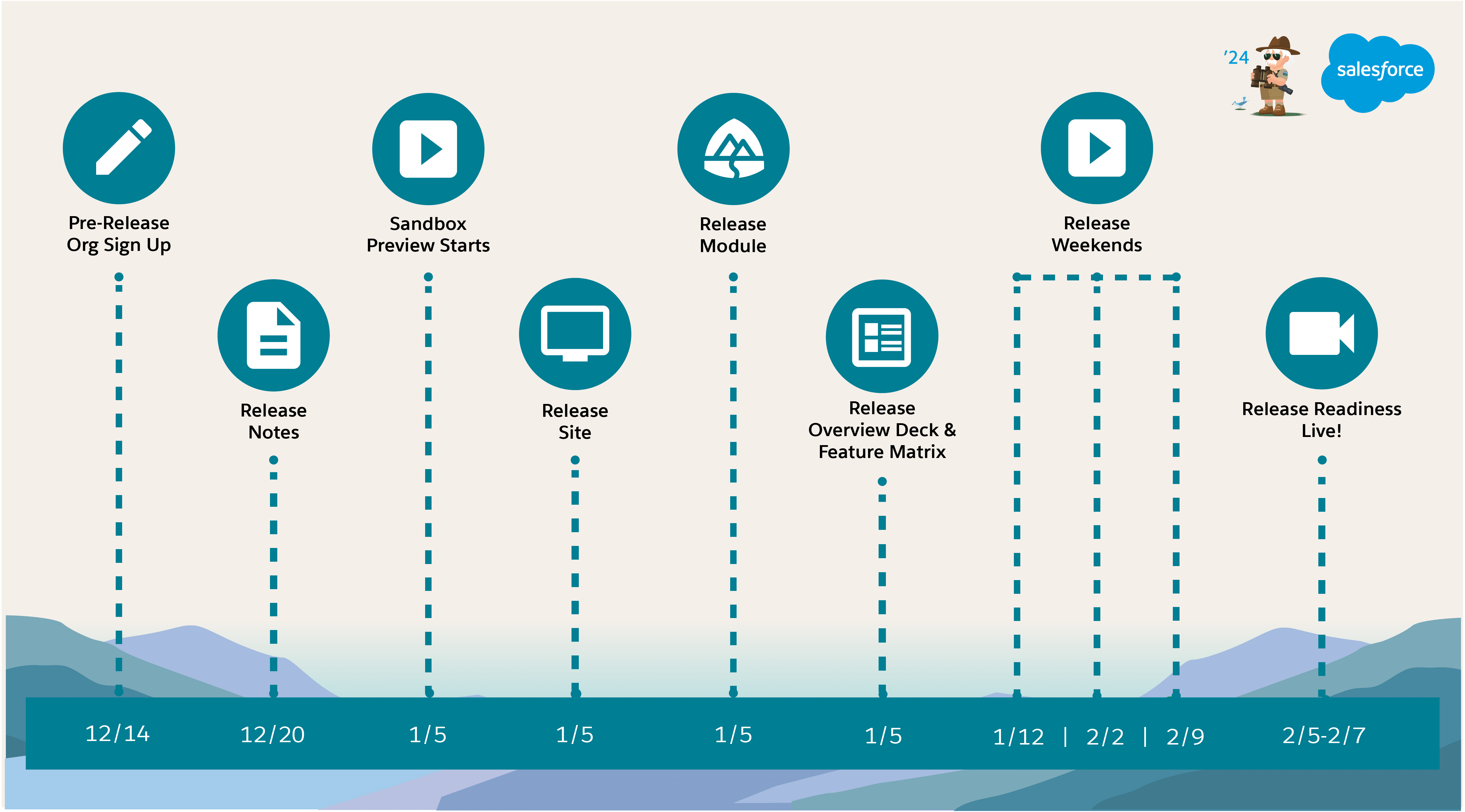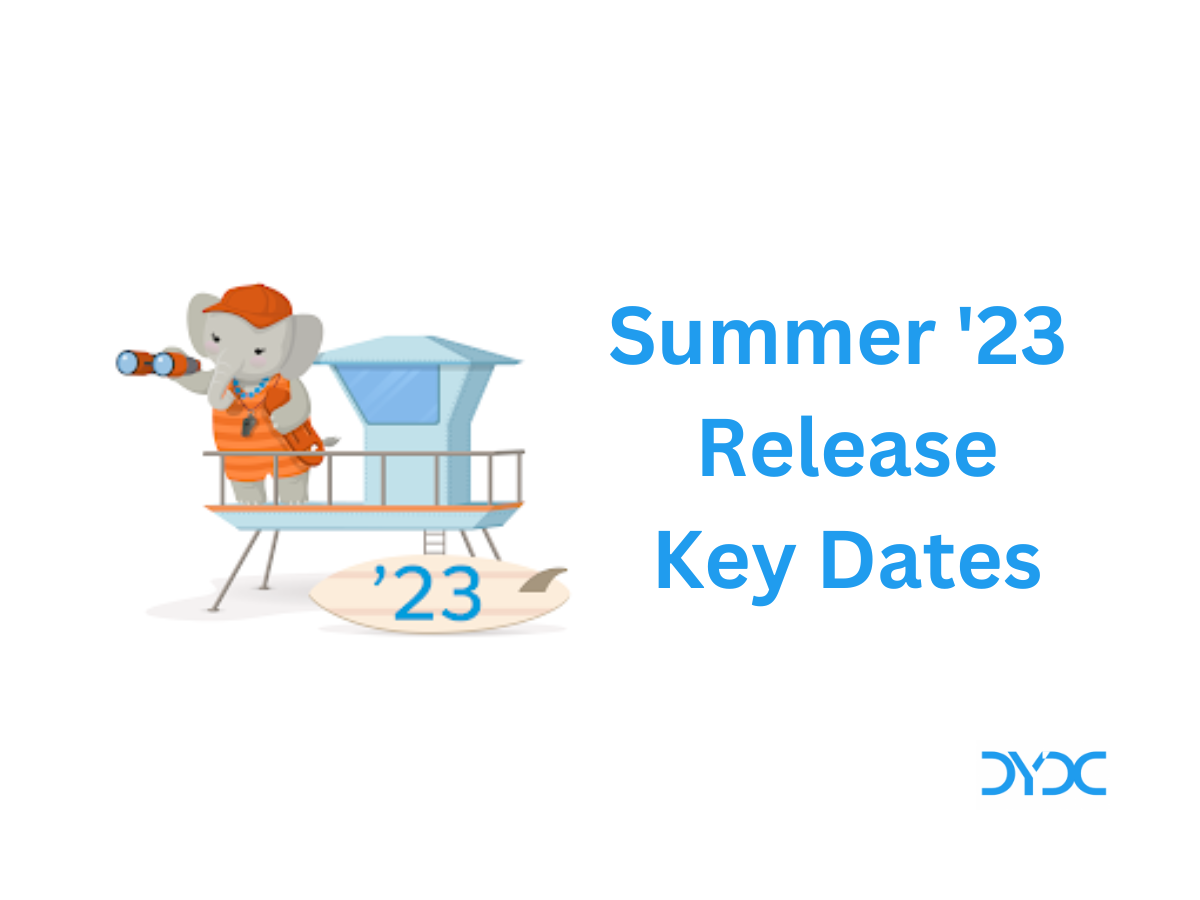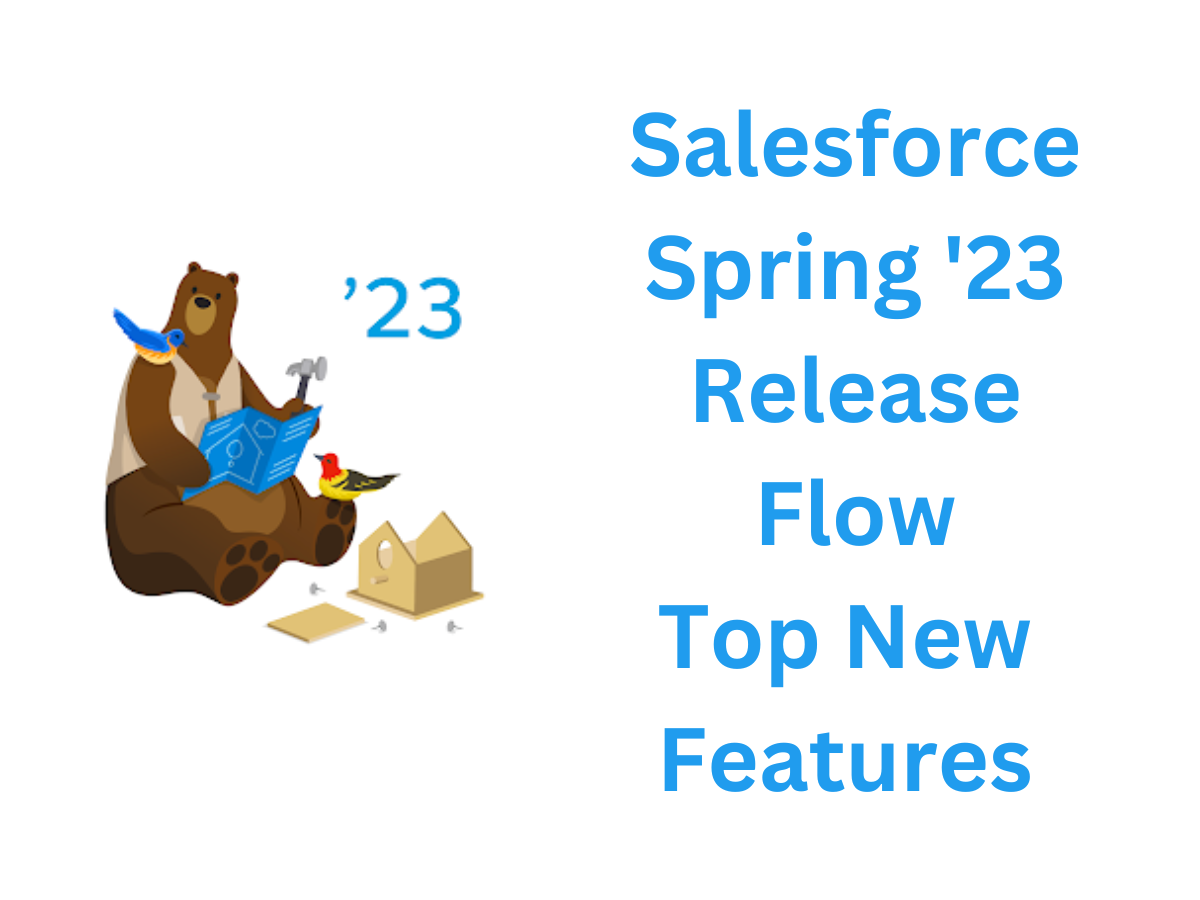Salesforce Spring ’24 Release Flow Top New Features.
1. Send Data to Data Cloud using Flows
Use actions to send data from a flow to Data Cloud through Ingestion API without writing any code. For example, use the Send Data to Data Cloud action in a flow to create an automation that automatically sends archival data to Data Cloud, or use it in a screen flow that sends engagement data directly to Data Cloud.
First, create and configure Ingestion API connectors in Data Cloud. Next, add a Send to Data Cloud action to your flow. A unique invocable action is provided for each Ingestion API connector schema.

2. Verify Your API Connection via HTTP Callout
When configuring the API response for a new HTTP Callout, you now have the option to choose Connect for Schema. Selecting Connect for Schema establishes a connection to the API endpoint and retrieves an accurate, real-time sample response body. The response from the selected system is then used to automatically configure the HTTP Callout.
In Flow Builder, add the Action element, then click Create HTTP Callout. Name and select the named credential that authorizes the connection between Salesforce and the API. Configure the HTTP callout method and details for the invocable action. Then select Connect for Schema and click Next. To create a real-time call to the system selected, click Connect.


3. Create Multiple Instances of a Set of Fields with the New Repeater Component (Beta)
Add a set of components to a screen, and enable your users to duplicate the set of components at run time with the new Repeater component. For example, use a Repeater component to collect information about beneficiaries on an insurance policy. When a user runs the flow and reaches the screen, the user can add as many beneficiaries as needed. You can then loop through and save the list of beneficiaries to use later in the flow.
In Flow Builder, create a screen flow. Then, add a Screen element to the flow that includes a Repeater component. Add child components to the Repeater component. For example, to collect the first name, last name, date of birth, and relationship for a beneficiary on an insurance policy, add Text, Date, and Picklist components to a Repeater component.

After the Screen element, add a Loop element to loop through and save the list of beneficiaries in a variable that you can use elsewhere in the flow. For example, you can use the variable to create a Contact record for each beneficiary.

Save and run the flow.

The Repeater component supports these child components: Checkbox, Checkbox Group, Currency, Date, Date & Time, Long Text Area, Multi-Select Picklist, Number, Password, Picklist, Radio Buttons, Text, and Display Text
4. Sum or Count Items in Collections More Easily with the Transform Element (Beta)
Transform collections of data between flow resources with the Transform element in Flow Builder. The Transform element includes some changes since the last release. Now you can aggregate data from a source collection to calculate the sum or count of items in that collection and assign the result to a target data field. You can also enter a fixed value for a target data field.
The Transform element can count the number of items in a source collection. For example, let’s say you create a flow that retrieves company data from an external system. The external data includes company locations and the number of employees per location. In the flow, you add and configure the Transform element to count the number of company locations.

And you configure the Transform element to calculate the sum of employees per company location.

Previously, you used the Assignment element to calculate the number of locations. You used the Loop and Assignment elements to calculate the sum of employees per company location.
5. Run Event-Triggered Flows as Workflow User
Select whether to run event-triggered flows as the user that triggered the flow or as your org’s specified default workflow user. If you select the default workflow user, any changes triggered by the flow are attributed to the default workflow user, regardless of who triggered the flow.
In the Start element of an event-triggered flow, expand the Advanced Settings section and select who to run the flow as. Running as the default workflow user can help if your flows fail due to mixing callouts and DML operations.

6. Save the Progress of Your Flow as You Build Expanded to More Elements
With this update, you can save your flow at any point in the building process without finishing the configuration for all elements except for Screens and Action. Required values don’t need to be completed. Errors that previously prevented you from saving your flow are now warnings.
In Flow Builder, open an existing flow. Add any element except a Screen or Action. Start configuring the element. Field changes can be performed individually rather than in bulk for continuous editing. To undo your changes one at a time, click  (1). Don’t finish configuring your new element. To keep your changes and return to the canvas, click
(1). Don’t finish configuring your new element. To keep your changes and return to the canvas, click  (2).
(2).

When you return to the canvas, your element that isn’t fully configured is identified with the new error icon (3). Save your work (4).

Your flow is saved, despite errors that would have previously prevented saving. Now you receive warnings instead. Click  (5) to view the warnings.
(5) to view the warnings.

7. Find and Select Flow Resources More Easily in More Elements
With this update, Flow Builder extends the enhanced resource selection experience beyond Create Records to the Delete Records, Get Records, and Update Records elements. The improved grouping makes it easier for you to scroll through and find the resources that you need. User-friendly labeling for resources enables faster troubleshooting.
Open an existing flow, and then open or create an Update Records element. Click in the Record or Record Collection field.

Resource grouping now displays automatic outputs and variables with user-friendly labels under the elements in which they’re created.
To open a pill, click in a populated record, record collection, or resource field.

Your resource opens in context with a checkmark next to the selected item.

8. Use Predictions from Your AI Models in Flows
Use Flow Builder actions to consume predictions from your AI models. When the model is activated, the scoring of records and the outputs provide actionable insights that you can use for decision-making.
Open an autolaunched flow in Flow Builder, then add an action that invokes the model endpoint.

9. Debug Data Cloud-Triggered Flows
Test your flow’s behavior and troubleshoot issues with the new Data Cloud-Triggered flow debug tool in Flow Builder. The debug tool lets you select an existing Data Cloud record to test for specific conditions without affecting your actual records.
Open a Data Cloud-Triggered flow in Flow Builder and click Debug. From there, select a triggering Data Cloud record, and then run the debugger.

10. Use Custom Input Validations with Screen Extension Components
Enter custom user input validations for your screen extension components in a Flow Screen. Previously, only some screen components in Screen Element supported custom input validations. Now, all do. Customize the error message that appears if the user enters an invalid value and define the values allowed for the components using a formula.
In Flow Builder, on a screen, add a screen input component, and then expand the Validate Input section. Enter your text for the customized error message, and then enter a formula.
Screen extension components that now support custom input validations include:
- Appointment Scheduling
- Address
- Data Table
- Dependent Picklists
- Display Image
- Lookup
- Name
- Phone
- Slider
- Toggle
- URL
- Slack Channel Selector
- Slack Workspace Selector
- File Upload
- Call Script
- Enhanced Message



